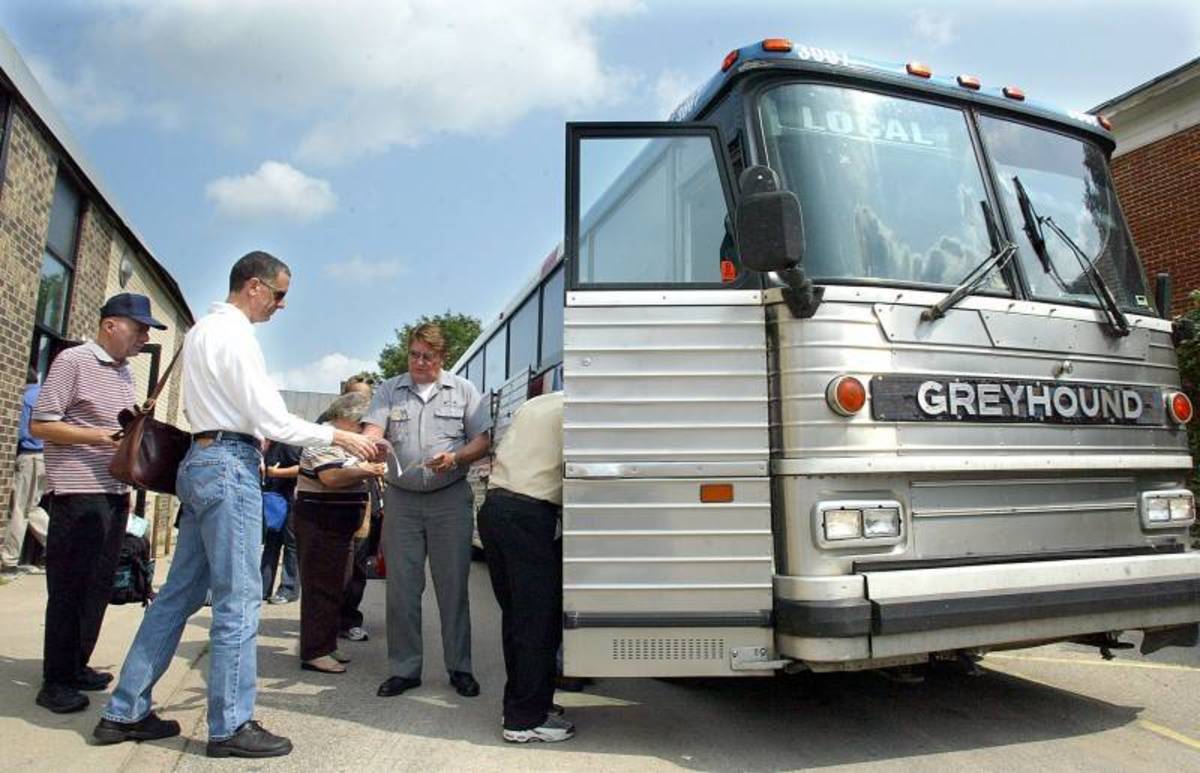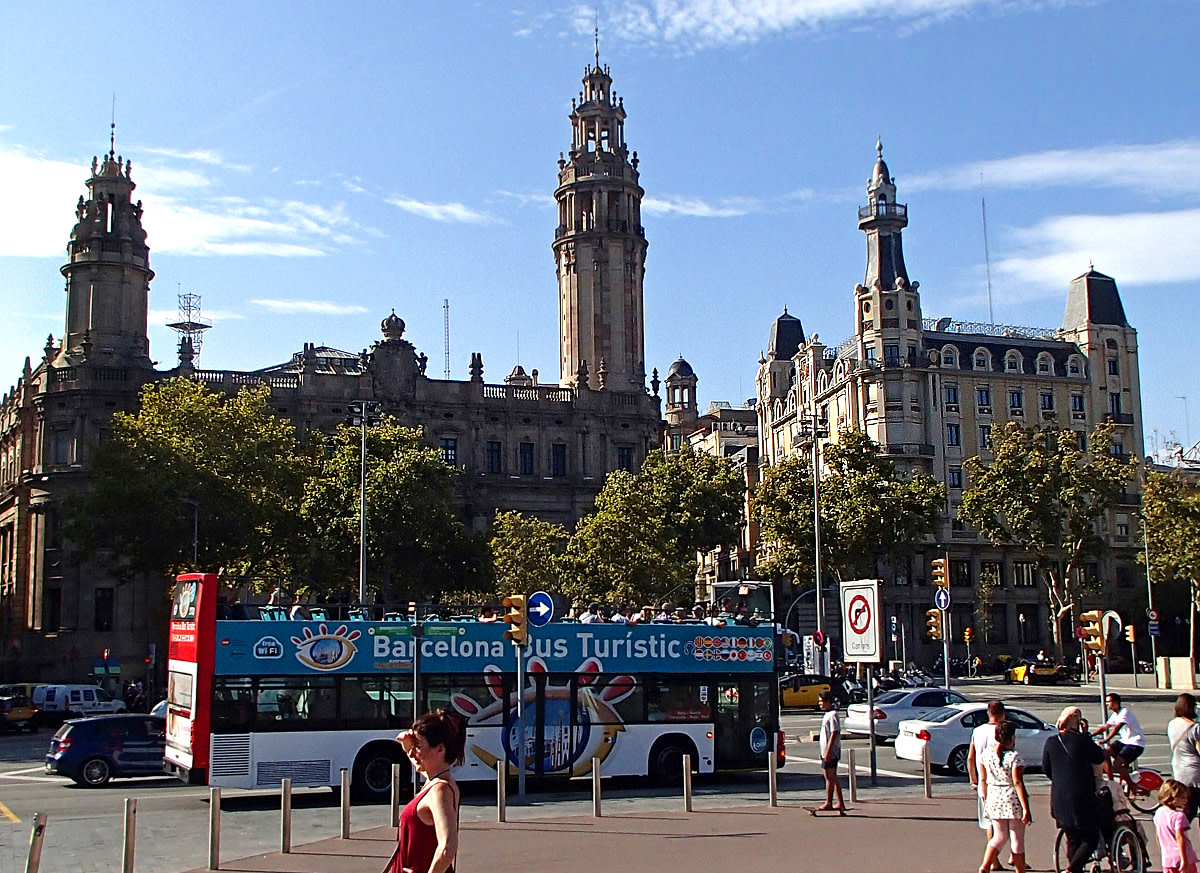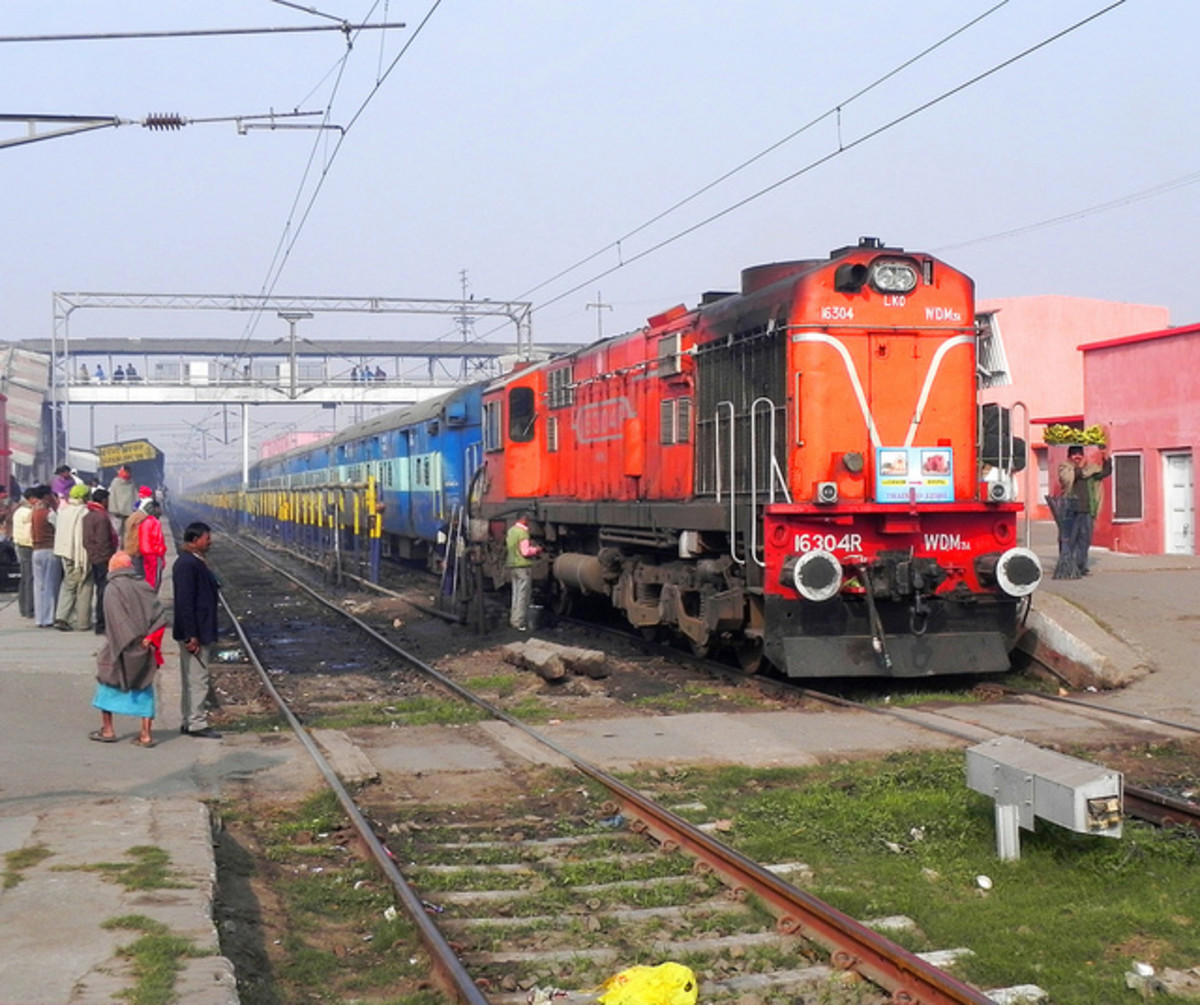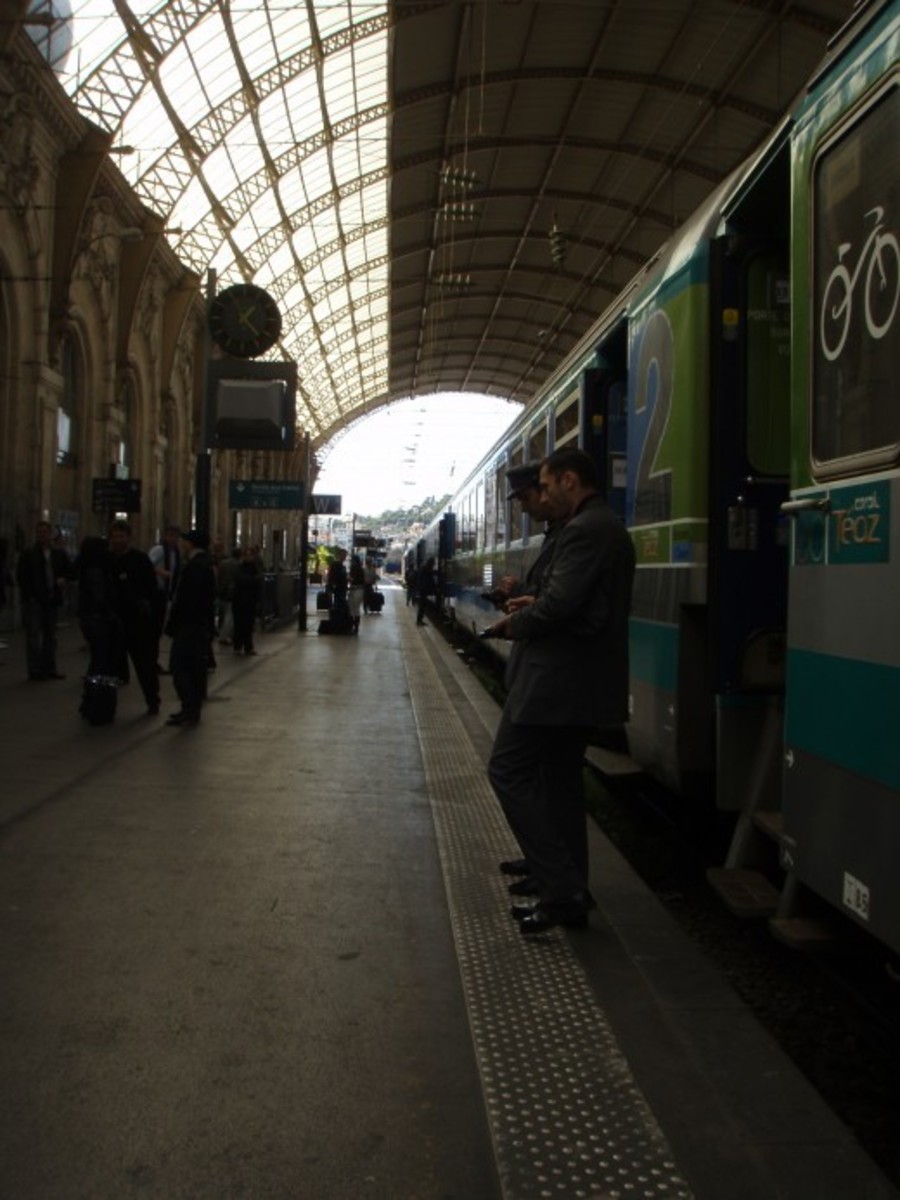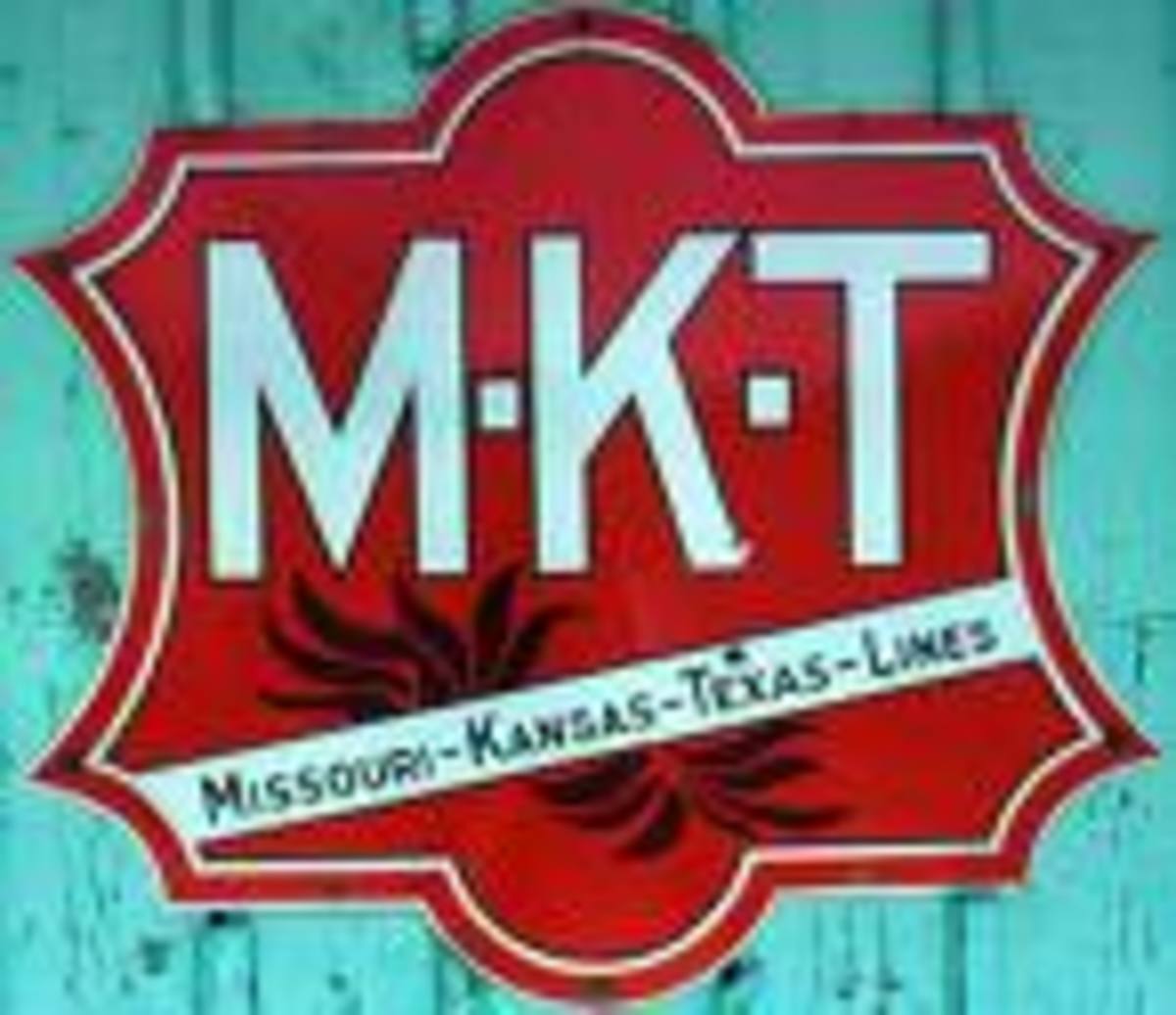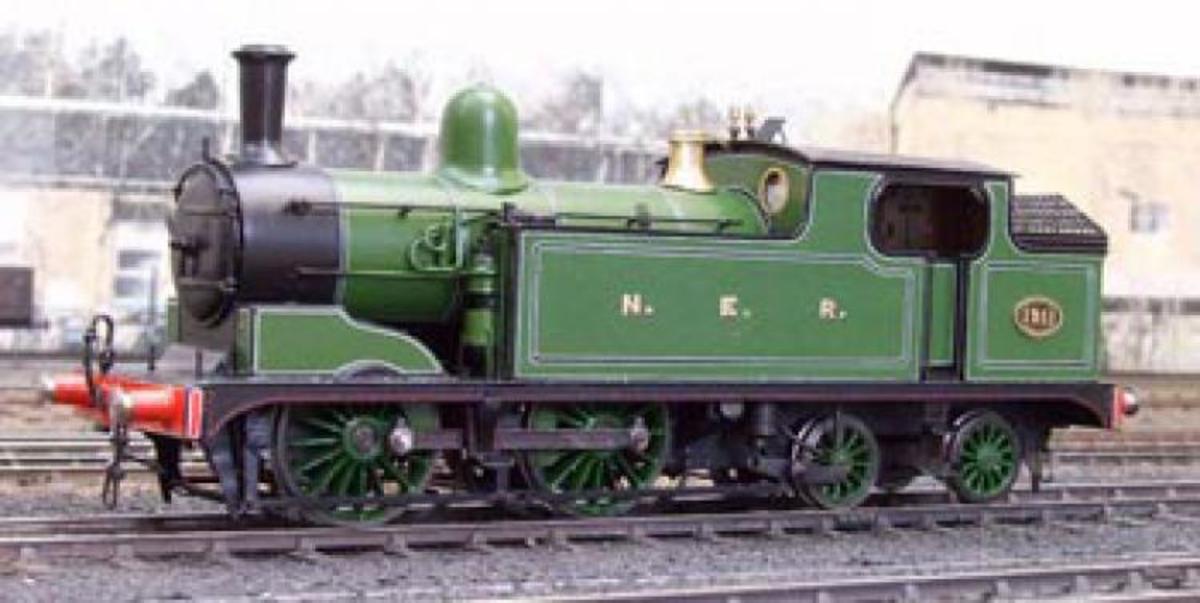How to book train tickets in India
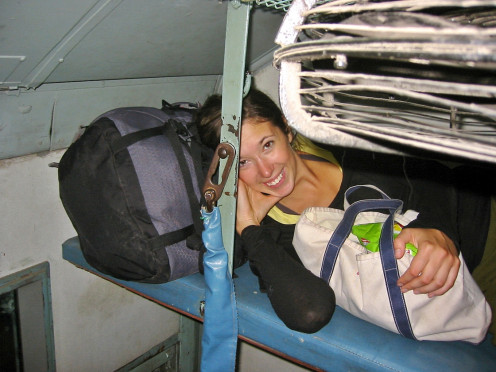
A guide to understand the Indian Railway System
When you first come to India and want to travel by train it can be a bit of an overwhelming experience. There is no one really to explain to you what it means if your ticket has written ‘RAC’ on it, there seem to be a hundred different classes on the train and many a times it can be tricky to get a ticket at all unless you opt for ‘Tatkal’. I have divided this article into three different hubs and will explain to you in this article how to get a ticket while travelling in India (including tourist quota and last minute tickets). If you want to know about everything else that you should know before travelling on India’s trains read everything that you should know about Indian trains (classes, seats, safety, hygiene and food). And for more information on how to book an online ticket for the Indian Railway from home you can read my special hub by clicking on the link. Enjoy and have a safe trip!
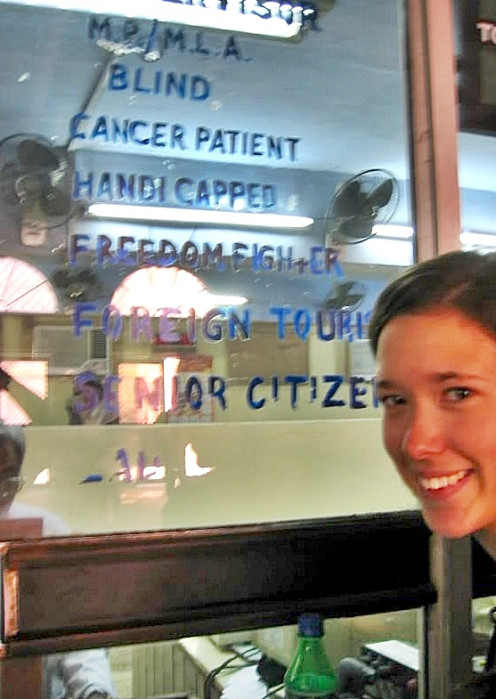
Where to book your train ticket
When you want to buy a railway ticket in India you can either go directly to the counter, consult a travel agent or book the ticket online. Travel agents or even many hotels, hostels, or small tourist service offering agencies will get you a train ticket for a charge between 50-100Rs. The problem is when booking train tickets in India very often berths are not available within short notice, but travel agents won’t tell you till last minute (as they might book you on a waiting list), if or if not they managed to get a ticket for you. I personally prefer to take care of the Indian railway ticket booking myself, by going to the local tourist booking counter. In small stations you can go to any window, or the window that has written ‘tourist quota’ on it, in big stations like New Delhi or Mumbai you will have to go to a special section to buy a tourist ticket.
In New Delhi the tourist booking office of the Indian Railway is hidden on the first floor of the station building and last I was there the situation was still pretty confusing. On top of that there are many scouts at work in the station whose task it is to spot helpless tourists, tell them the tourist office is closed/under construction/burnt down/non-existent and make them book their ticket in a nearby travel agent’s office. Try to ask at a ticket window or other tourists if you can’t find the booking office at first.
In Mumbai you have to go to Churchgate station, exit the station to the left, cross a main street and enter the Railway offices and booking compound through a very narrow gate. There you will find signs pointing to go upstairs. When you enter the main booking hall proceed to the last counter. Make sure you grab a train booking form from any of the closed windows on your way.
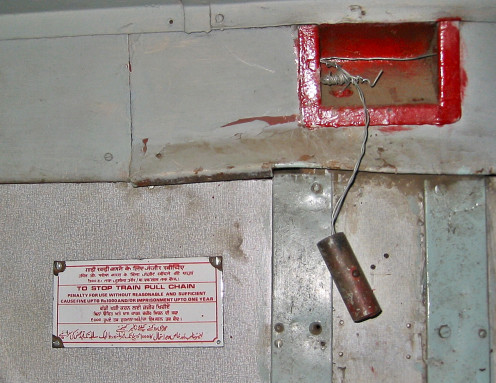
What you need to book a ticket
Make sure you bring your passport with a valid Visa when booking a train ticket in India. Since you will most likely attempt to book a train ticket in the so-called tourist quota you will need to prove that you are a tourist and that you have a valid visa (as you might have gotten married in the mean-time).
Also fill in your booking form before or while queuing. The booking form is pocket book sized sheet of white or green flimsy paper that usually has one side scripted in Hindi and the other side in English. You only need to fill in one side with your details. These forms are usually lying around at any of the shut counters, otherwise just ask some people around you, preferably those who are holding such a form in their hands. It is best if you have all the required information before booking – such as your destination. If you are not sure between one or a few places (or about the exact travel date) and are planning to book according to the ticket availability make sure you inquire about your first priority destination first and take the ticket if it is available. The people behind the counter have very little understanding for multiple inquiries and indecisive tourists – if you are lucky enough to get a ticket, take it! In some small stations you are even requested to fill in the train number beforehand, in such stations you will always find a board with train names, destinations, timings and train numbers in the booking hall. Simply look it up before queuing. Luckily places like Mumbai and Delhi which have multiple stations and hundreds of trains will usually suggest a train for you once you give them your destination.
Ticket types and statuses
As mentioned above the best shot for you is to try booking a tourist quota ticket. This means that every train reserves a handful of seats explicitly for tourists. Thus you can be lucky to get a ticket only a day or two before your departure while the rest of India has to book weeks or even months in advance. The tourist quota is the main reason for me to book directly at a counter – as you can’t get such tickets through the online booking service. Sleeper Class is always the first class to be full, as it is the cheapest way to reasonably comfortable reach a destination. The more money you have to spend the easier it will be for you to book a ticket within short notice.
If there are no tourist quota tickets available, but you are planning to go in a day or two you can consider booking Tatkal. Tatkal is a so-called emergency ticket and could be described as a last-minute ticket. Cancellations plus a fixed amount of seats are opened for booking exactly one day before the train leaves at 10am in the morning irrespective of the departure time of your train. If you for example want to book a Tatkal ticket for a train on Wednesday at 11pm, you have to book it Tuesday at 10am. Now, the tricky thing is that these Tatkal tickets get sold out for most destinations (besides really infamous ones) in about 20 minutes after opening the sale. That means that you have to be really early at the station! I honestly wouldn’t attempt to buy a Tatkal ticket in a major city like Delhi or Mumbai, as the queue starts forming in the night. If you come too late there is no way you will reach the booking counter before the tickets are sold out. I have though, booked Tatkal tickets successfully in mid-size town stations, heading there about 6am. The better way is to try sending an agent (now this is really worth your 50/100Rs!) or to book Tatkal online. Since the tourist quota anyway doesn’t apply on Tatkal tickets you are not losing any advantage. The main draw-back is that the server usually gets so over-worked that your log in from the site will estimated break down about a hundred times. Sometimes the server doesn’t recover at all during the first 15 minutes, which leaves you with 5 minutes to book before everything is sold out. This can be nerve-racking, but if you have an internet connection in your accommodation and are a bit flexible with your travel dates it can still be worth it, as you maximally lose 20 minutes on a computer instead of hours queuing at a station. I have had success with online Tatkal booking (though it was more nerve racking than watching Jaws) and I have also failed in it. Tatkal always includes an extra fee, so the ticket will be a few hundred Rs more expensive than a regular ticket, see the chart below. Additionally, confirmed Tatkal tickets can’t be cancelled.
Many a times when you try to book a ticket, but the train is full you will get a Waiting List ticket. You will notice that by looking at your seat number – instead of a seat number you will find something like ‘WL 13’. Now, if 13 people cancel their tickets you will get the seat. Waiting List tickets make only sense if you book a few weeks in advance, as in this time many people might actually cancel. Cancellation fees for Indian train tickets are very low (latest 24h before departure between 120 – 30Rs), so sometimes it makes sense to get hold of a Waiting List ticket and then try to book Tatkal. After the Tatkal time is over recheck with your ticket, you will find out what your status is via your travel agent, the person behind the ticket counter or in your online booking platform – in the online system a WL ticket that doesn’t get confirmed will be cancelled automatically, the charge is 15Rs. If your WL ticket gets confirmed, but you also got a Tatkal ticket you will have to cancel the former WL ticket, as Tatkal is non refundable! If you don’t mind it last-last minute there are sheets of paper stacked next to the doors of the train coaches with the names of the lucky people that got a ticket. Always double check if you were on a WL or RAC ticket before boarding the train. If you haven’t got a seat, you cannot board the train with a WL ticket!
Nearly the same is the RAC ticket, which means ‘Reservation against Cancellation’. Again if someone cancels, you will get a berth. The difference is that you can board the train with an RAC ticket and might get a berth if someone doesn’t show up. In RAC a berth is divided into two seats and offered to two persons to sit instead of a berth for a single person. In case of further cancellation of berths, the available berth may be given to you by the ticket examiner. You are allowed to travel in a reserved compartment with a sitting facility until you are provided with a berth. But you might as well not get a berth; then you’ll have to improvise and rough it out – even if you have booked 2nd AC! And of course you also won’t get a money refund. On the upside - if you are travelling with two people and get hold of two RAC tickets you at least will have one berth to share between each other – my husband and I have travelled quite comfortable like this before.
Last but not least there are certain special quotas, such as VIP quota that can sometimes be booked by a travel agent with the right connections. These tickets are always First (= Executive) or Second AC Class, so it will for sure get more expensive. And even a ticket in the VIP quota can still be an RAC ticket – I once had to share a berth for the full journey – luckily with my husband.
Overall I recommend that you check out the online booking portal of the Indian railway system as you will have loads of time to figure out the different trains available (that can be important: some trains nearly take twice the time for the same journey than others!), the prices and train stops. You can find an instruction on how to book your ticket online in my other Hub here, I highly recommend reading this first, as it can become a bit difficult if you are a foreigner. If you want to know more about the Indian trains in general, the different classes and my personal advices on luggage, food, safety and hygiene on the Indian trains you can read more here.




